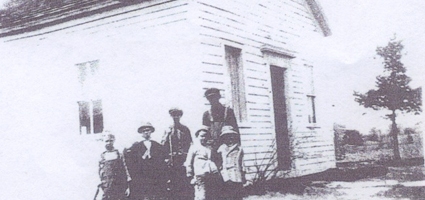Schools of the Past: Greene Districts 17: Lansing and Echo Lake
With the writing of the article this week, if you were confused with the previous week’s article, let me continue with this confusion. Greene, has the distinction (and I believe to date) the most school districts of the townships in Chenango County. The research information that this writer has obtained counts approximately forty-two different district numbers. Part of these was joint districts and part was district numbers that were change: example last week #2 to #22 then to #16. However, Greene has the distinction of having two #17 districts as is titled above.
The first #17 - Lansing District was in existence from 1871 to 1901 and the school house is no longer in existence. The second #17 - Echo Lake was in existence from 1901 to 1933 and during that time was taken from Joint #10 then changed to #26 and again no longer standing.







Comments